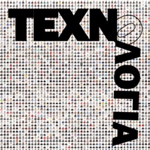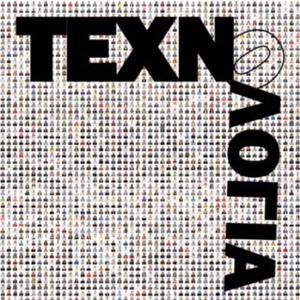Rammellzee’s Gothic Futurism, Claudia Ross, δημοσίευση ArtReview [1/2/2023]

A show at Jeffrey Deitch, Los Angeles, honours the late artist’s investigations of language, power and fantasy
It’s tempting to label Rammellzee’s artwork as science fiction. But Rammellzee, whose birthname remains unknown to even his closest friends, might have disagreed with the term ‘fiction’. The artist, who died in 2010, created his own universe, one meant to subvert power structures through iconoclastic writing and futuristic narrative. Renowned in Manhattan’s 1980s downtown scene, Rammellzee called his esoteric cosmology ‘Gothic Futurism’, a term that aptly evokes his diverse influences: medieval scribes, hip-hop, comic books. Despite cult and institutional success, his acceptance into the commercial artworld is overdue; this is Rammellzee’s solo debut with a major American gallery. From his earliest graffiti on New York City’s A train to his later alphabet-based sculptures, this immersive exhibition honours Rammellzee’s investigations of language, power and fantasy.
The paintings on view challenge conventional methods of written communication. Rammellzee’s transgressive storytelling began with his usage of ‘Wildstyle’ lettering, an intricate, popular form of graffiti, the origins of which he associated with historical accounts of Gothic monks who developed a writing so unintelligible that their rulers could no longer read it. The canvases demonstrate similar strategies: Letter Z (1984) depicts a curlicue neon letter that only vaguely resembles its Roman counterpart. In Untitled (Headboard) (1985), swirls of bright spraypaint cover a background of collaged newsprint, rendering the original text mostly illegible. Here Rammellzee’s abstracted writing supersedes dominant forms of typography.
Η συνέχεια εδώ.





